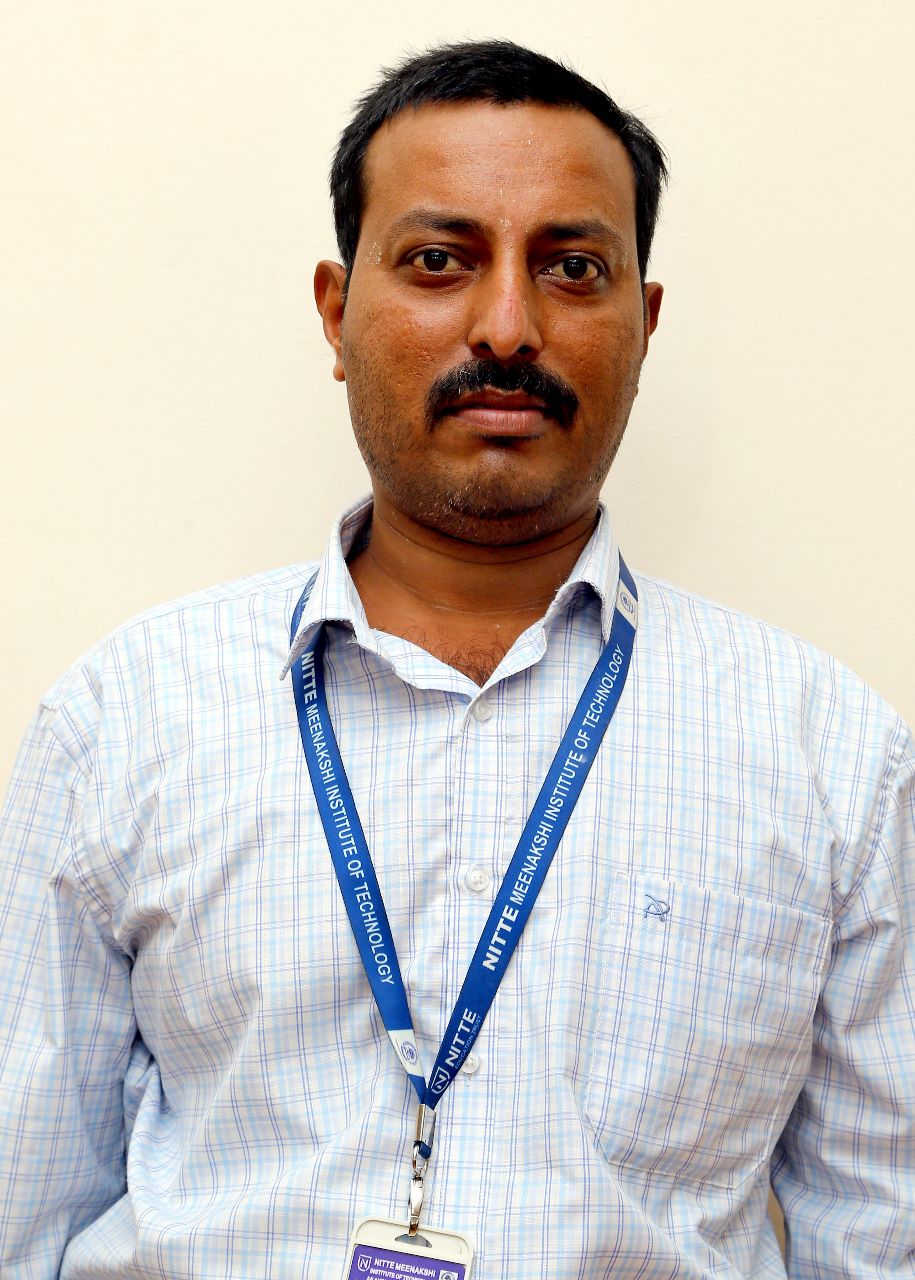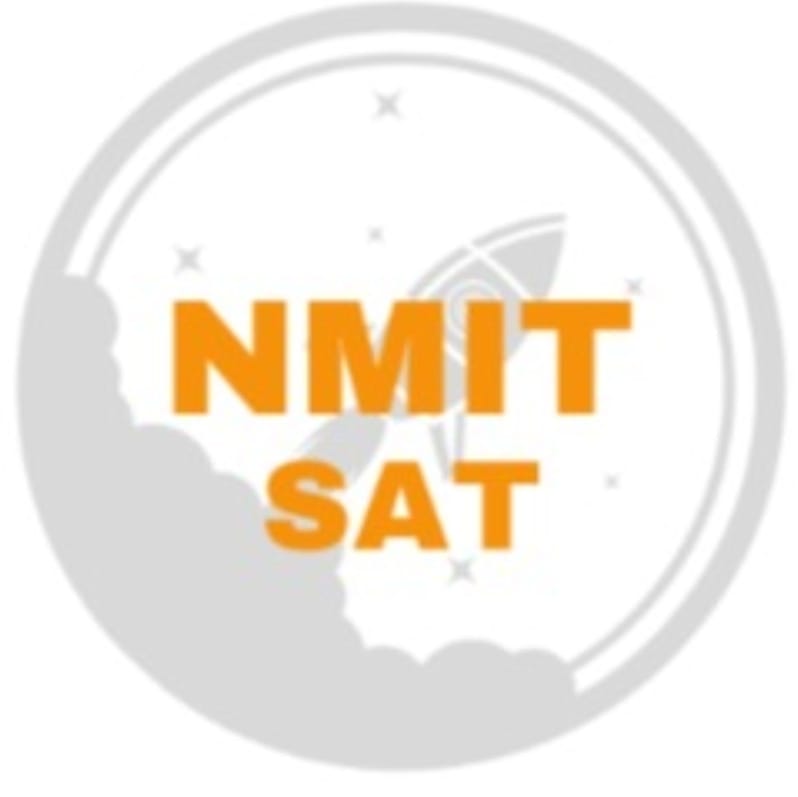About Us
Team NMITSat is from Nitte Meenakshi Institute of Technology , which launched the first pico-satellite of India STUDSAT. A new team of young aspiring minds have came together again to restart work in areas of satellite ,and payloads research and development.
Works Under
STUDSAT (STUDent SATellite), is a CubeSat satellite designed by students. This project was conceptualised and project managed by undergraduate students across India. STUDSAT is a picosatellite successfully launched on 12 July 2010 from Satish Dhawan Space Centre into a Sun-synchronous orbit. The mission's objective was for students to have a hands-on experience with the design, fabrication and realisation of a space mission at a minimum cost. Experimental in nature, the mission life was stated to be six months.

Our Project

Ongoing Project
CANSAT
Team NMITSat took part in the CANSAT competition that is organized first time in India by Aeronautical Society of India and InSpace.
Team NMITSat successfully cleared the PDR phase of the competition and is currently actively working on the CDR phase which is to be submitted by 15th February 2023.
What is CanSat?
A CanSat is a simulation of a real satellite, integrated within the volume and shape of a soft drink can. It must typically consist of a container and a science payload. The challenge is to fit all the major subsystems found in a satellite, such as power, sensors and a communication system, into this minimal volume. The CanSat is then launched to an altitude of a few hundred metres by a rocket and helps us monitor altitude, airspeed and other such factors as well as help detect particulates in the air while gliding.

Future Planned Projects
Currently we are actively focusing on CANSAT but as future project we have planned payloads ( Camera , Debris detection ) and research work on areas like Blockchain for Space application.
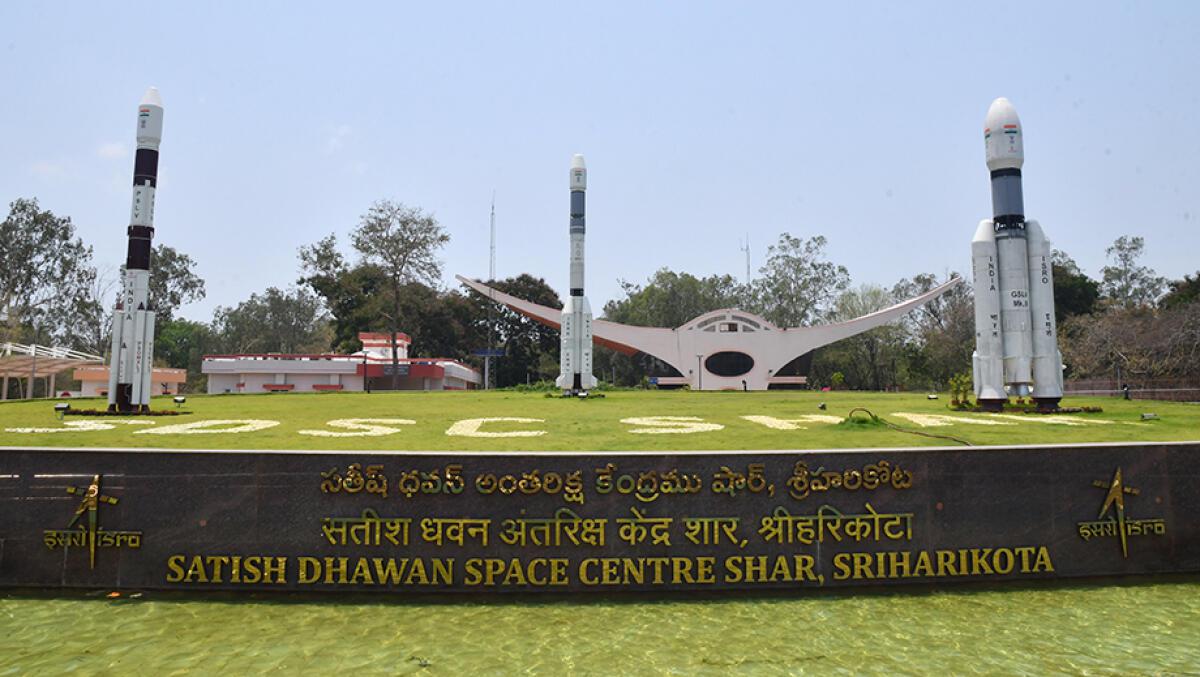
Past achievements
STUDSAT (STUDent SATellite), is a CubeSat satellite designed by students. This project was conceptualized and project managed by undergraduate students across India. STUDSAT is a picosatellite successfully launched on 12 July 2010 from Satish Dhawan Space Centre into a Sun-synchronous orbit. The mission's objective was for students to have a hands-on experience with the design, fabrication and realization of a space mission at a minimum cost. Experimental in nature, the mission life was stated to be six months.
STUDSAT was the first picosatellite launched by India, as well as the smallest satellite launched indigenously by any Indian organization.
Know More About Us
Departments

Electronics
The Electronics Department tests, calibrates and integrates the system design of the CanSat along with looking after uninterrupted communication and intensive testing.

Aeronautical
The Aeronautical Department caters to the testing, manufacturing and designing's an aerodynamically sound CanSat which is tested for maximum efficiency.

Coding
The Coding Department looks after the programming aspects of the Graphic User Interface which displays the real time plotting of data received from the sensors present in the CanSat.

PR and Tech
The PR Department develops and executes various strategies to gather sponsorships for the team along with looking after the social media of the team.
The Tech department maintains the website content and regularly updates it.
Members

Samridhi
(Descent Subsystem)

Raj Pratap Vidyarthi
Electrical Power Subsystem

Hemant Kumar
Mechanical Gyroscope

Subhodeep
Mechanical Subsystem

Sneha
Mechanical Subsystem

Chandan
Mechanical Subsystem
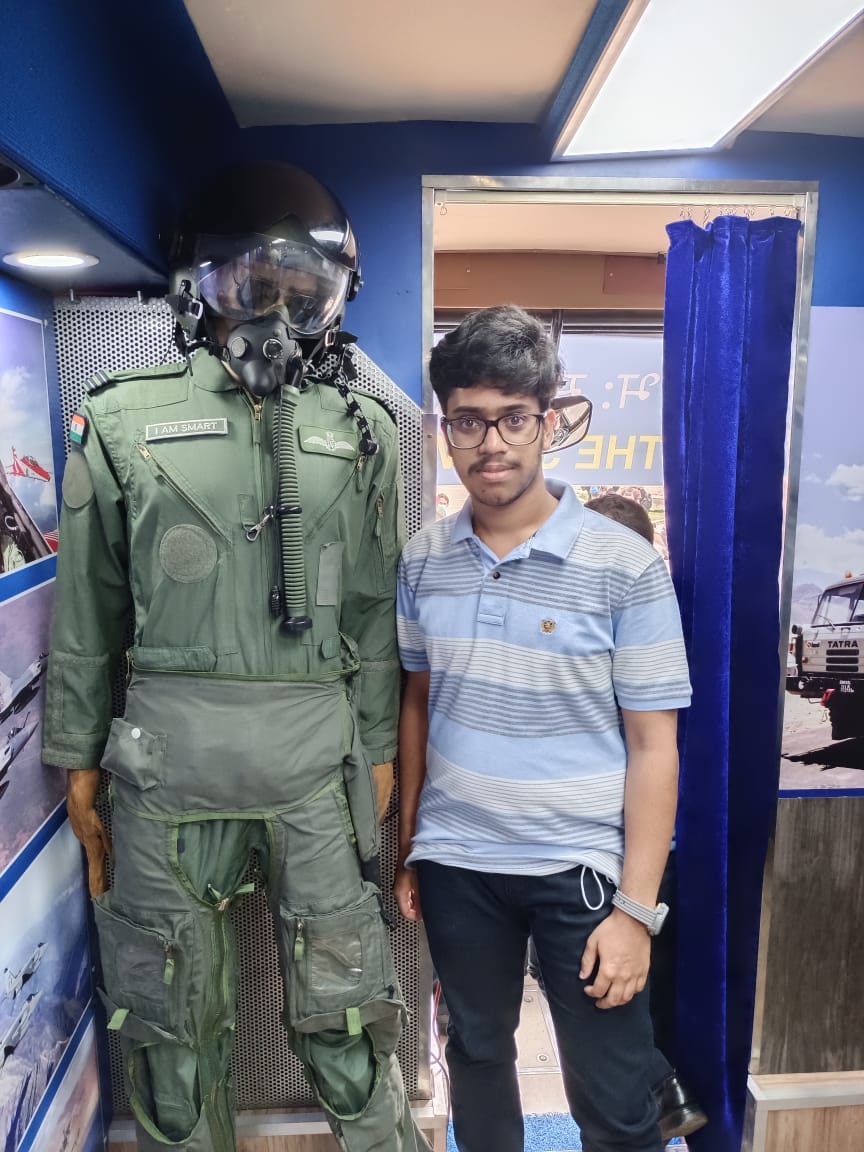
Mohit Mohan
Communication and Data Handling
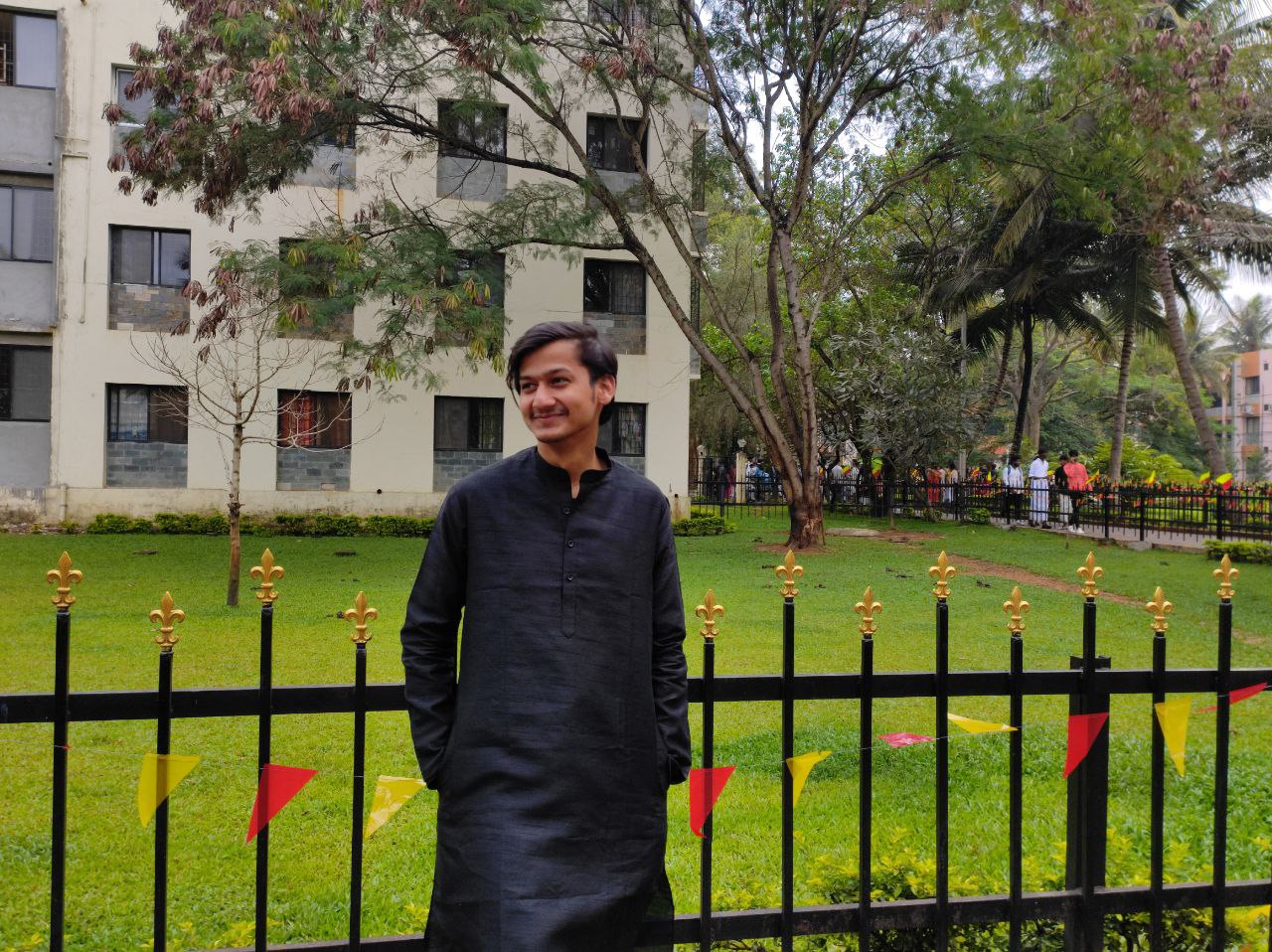
Aryan
Sensors , Ground Station , Flight Software
Mentors


